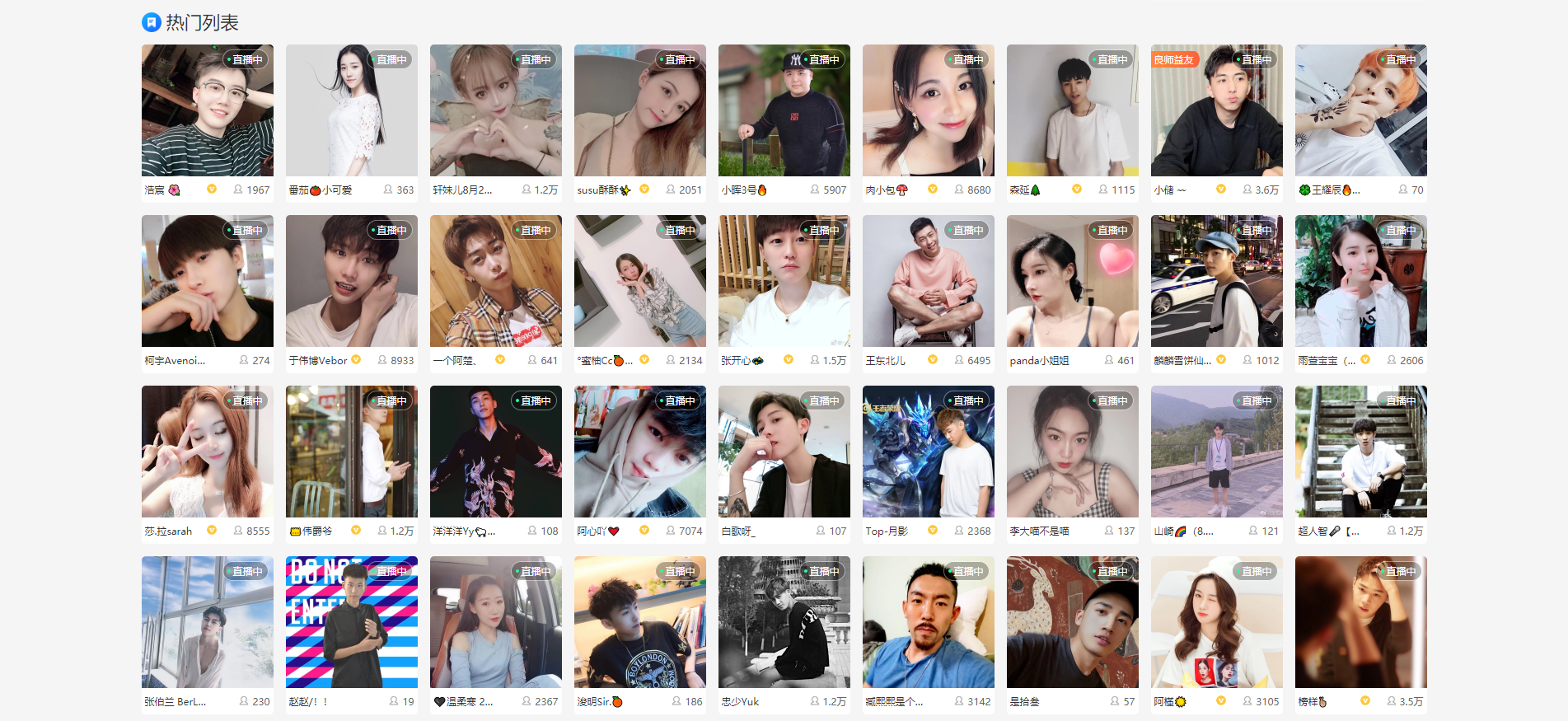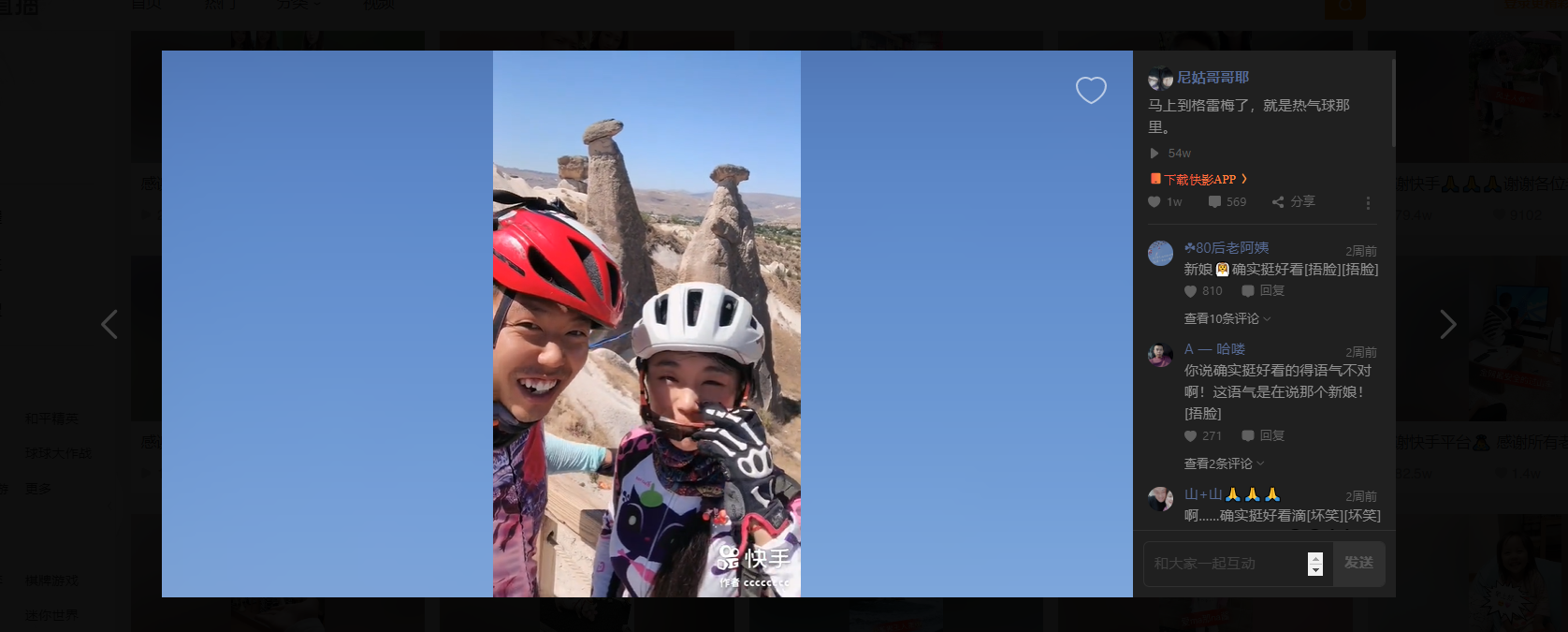Staying competitive in the Tourism business and attracting more tourists to your business is as tough a challenge as it is anywhere else. A rising disposable income has paved the way for millions of Chinese to take the next outbound trip. And it is hoped that by 2020, the Chinese Middle class will number some 200 million families. Combined, the Chinese tourism industry hit $5.97 trillion Yuan (or 880 billion in US dollars), reports the Ministry of Culture and Tourism. On the outbound front, from tour packages to tickets, hotel reservations and shopping, Chinese travelers expended $120 billion in tourism spend in 2018, according to the China Tourism Academy. These are no small numbers. And they can only continue to rise if growth trends are anything to by.
While Chinese tourists are cosmopolitan in nature, outbound trips were mostly to neighboring Asian countries. The top 5 of which were Taiwan, Thailand, Malaysia, Singapore and Vietnam.As language and customs preferences become more important considerations for Chinese travelers, this opens the door to more destination businesses welcoming this group of high-spending travelers.As a business looking to tap into the Chinese market, a well-thought marketing strategy can help your bottom line. However, thanks to the army of immersive, efficient and ubiquitous technologies continually blurring the barrier of entry by the day,there’s no better time than now for new entrantsto relish their slice of the tourism cake. For marketing teams,this calls for action, and a savvy one.
Trends are a thing in the Tourism industry, and so keeping up with changing demands of tourists and leveraging more efficient technologies is a good first step to staying competitive. Here are trusty ways to rampup your marketing strategies and tips to put your brand in good position to keep up with the pace of a dynamic tourism industry.
1. Search Engine Optimization
If your content flouts basic search engine optimization (SEO) checks, chances are you’ll be off the radar when potential visitors go searching for a product or service your business offers.Thus, assearch engine optimization (SEO) remains pivotal todigital marketing, ticking the right checklist in this department is key to staying visible to tourists desiring your product or service on their vacationing trip. Making sure you’re the first point of contact on search engine results is essentially what good SEO brings to your business.

A number of plug-ins can help optimize your contents on-site; Yoast SEO being one of those.Feel free to explore other alternatives if this doesn’t fit your needs. Title tags should be optimized to enhance click-through rates to your website. Further, your choice of keywords should be based on the search terms of your target market, and analyzing search trends will help inform the performance of your keywords in the short and long term. For many outfits, this part of business is best outsourced to a professional. So you want to consider hiring an SEO expert or marketing agency if you are not tech savvy or familiar with the nuances involved optimizing your digital contents.
2. Craft Magnetic Content
Valuable, shareable content rules the digital space. Depending on your target audience, your choice of tone and content strategy will be different. But you have to be consistent whichever you settle with. Your content creation should essentially revolve around the services youoffer and for which prospective tourists are happy to include in their travel spend. Hencetravel destinations your agency serves, for example, should form a cornerstone of your website content section if you’re looking to generate more leads for your brand. But creating content is only onepart of the process, spreading the word is just as important to make your brand stand out. Baidu is to Chinese tourists as Google is to the rest of the world, so making sure your contents take pole positions on the results page of this search engine is key when targeting Chinese audience.
Social media is another place to go. For the Chinese, WeChat and Sina Weibo are great platforms to leverage here. Starting out, it can be mazy defining which of these platforms would work well for your brand. One workaround would be to head over to competitor research. A quick search of competitors in your niche and what channels they employ in their marketing strategy should help. If they are spending more time on some platforms but not others, it’s because the former works for them, and the results shouldn’t be significantly different for your business too.

In addition, important players in the social media marketing space are influencers. Harnessing their voice is another way to reach out to potential tourists willing to do business with your brand. However, not all influencers will resonate with your business and the products or services you offer. And so your choice of personality is key if you take this route. Still, there’s likely an influencer whose massive following will come in handy, and doing some research to see what contents they share and their followers enjoy should position you in the right direction.

3. Professional presence
Regardless of the space you fill in the tourism ecosystem, staying competitive demands professional presence from the get-go online and off line. Your website should be designed with your target market in mind, and your social media handles should voice out consistency across the board. With these, you make it easier for first time visitors to want to do business with you, which could set you up for repeat business and referrals down the line. Using the same image across all channels makes it easy for visitors to recognize your brand. Staying responsive to customer enquiries and providing prompt feedback are other ways of solidifying brand professionalism.
You also don’t want to miss out on the mobile pie. China prides itself as the world’s “Mobile First Nation.” Internet user growth climbed 800 million users in 2018, with 98% of this netizen choosing mobile over web. So ensuring your mobile presence is in harmony with their screen preferences is another aspect you don’t want to ignore.
4. Video over text
Humans are visual creatures, and this has spilled over to their content preferences over the years. Sure, crafting and sharing value-rich contents remains an integral part of marketing, but if trends are anything to go by, there’s a consistent rise in the global preference of video over text. The Chinese marketing industry is no different. According to a report, the online video ads market in China is worth well over $45 billion dollars, or $6.8 billion in USD.

However, consumers don’t necessarily like long video contents, as short video apps become the most popular resourcethe Chinese turn to for their Video consumption. These apps hit a combined 500million active users in 2018. The favorite apps here are Kuaishou, which accounted for over 230 million monthly active users, and Tik Tok, which closely followed with 200 million. Whichever platform you decide to settle with, taking time out to analyze your consumer preferences and what type of videos meets with your target market is your fast-track recipe for growth.
5. Personalize content
From professionals to young couples and seniors, there’s often a specific target for any one business, including tourism outfits. Whatever demographic makes your target market, personalizing content to match their content preferences is what you want. This step is often ignored by many, and this couldn’t be more wrong. If you have a mixed market or are unsure what content type would work best, monitoring performance and reiterating your strategies could unravel the best approach to adopt in your content marketing strategy. Don’t forget Chinese national holidays too – often peak times for outbound tourism trips and when slashing prices can be the magic wand to lure prospective tourists to your businesses as they journey across borders.
To wrap up
The boom in the global tourism space makes it a good time to dive into the Tourism business. Chinese tourists continue their steady climb as the dominant force in the tourism industry, making more outbound tripsand parting with more dollars than any other country.With increased vacationing spend year on year and their choice destinations tilted the Asia direction, the preferences and shopping trends of Chinese tourists are important considerations for businesses targeting this high-spending market. As an Asian tourism outfit looking to appeal to outbound Chinese tourists, a well-orchestrated marketing strategy will ensure you’re truly present in business. It will also help you unlock access to millions of outbound travel mavens, give you a leg up above your completion and potentially open the floodgates of high-spending tourists to your brand. The ripple effect of this is increased niche dominance, which, together with a superb tourist experience and responsive customer service to match, will ensure your business stays on course to hit growth projections and desired gains to your bottom-line.



